Wind turbines have emerged as a crucial renewable energy source in our fight against climate change, but their relationship with bird populations creates a complex and sometimes contentious ecological story. As these towering structures proliferate across landscapes worldwide, scientists, conservationists, and energy developers are increasingly focused on understanding and mitigating their effects on avian wildlife. This article explores the multifaceted interactions between wind energy infrastructure and bird populations, examining both the challenges and potential solutions to this environmental dilemma.
The Scale of Bird Mortality from Wind Turbines
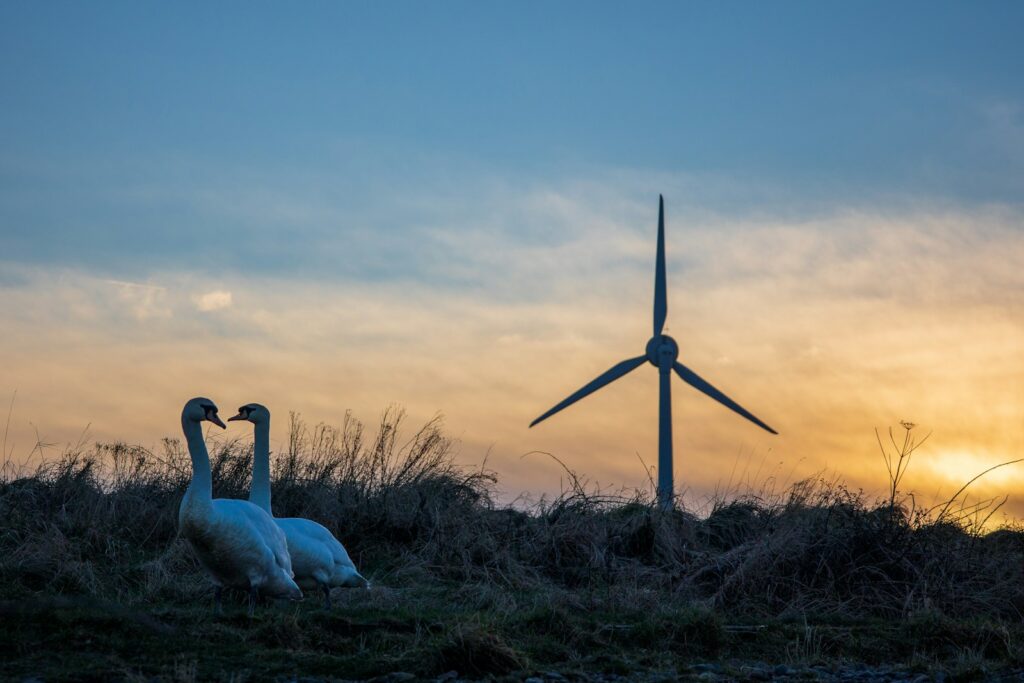
Wind turbines are responsible for an estimated 140,000 to 500,000 bird deaths annually in the United States alone, according to studies from the U.S. Fish and Wildlife Service. While these numbers may sound alarming in isolation, they represent a fraction of the bird mortality caused by other human activities. For context, building collisions kill between 365 million and 988 million birds annually in the U.S., while domestic cats are estimated to kill 1.3 to 4 billion birds each year. Nevertheless, wind turbine impacts remain significant, particularly because they can disproportionately affect certain species and because wind energy is rapidly expanding worldwide. Understanding the actual scale of the problem is essential for developing appropriate conservation responses that balance renewable energy needs with wildlife protection.
Why Birds Collide with Wind Turbines
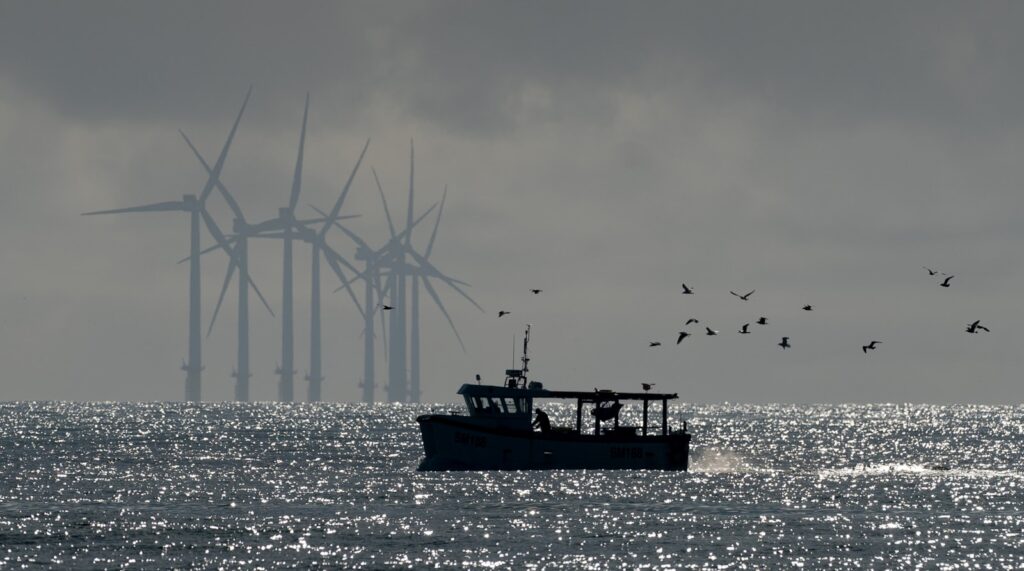
Birds collide with wind turbines for several key reasons related to both avian biology and turbine design. Many bird species have evolved with excellent forward vision but poor peripheral awareness, making the rapidly moving blades difficult to detect when approaching from certain angles. Nocturnal migrants are particularly vulnerable as they navigate during low-light conditions when turbines are less visible. Some birds, especially raptors, focus their attention downward while hunting, making them less likely to notice turbine blades in their flight path. Additionally, certain species are attracted to the altered habitat around turbine bases or the structures themselves, which can serve as perching sites, inadvertently drawing birds into dangerous proximity. These biological and behavioral factors combine to create collision risks that vary substantially by species, location, and turbine design.
Species Most Vulnerable to Turbine Impacts
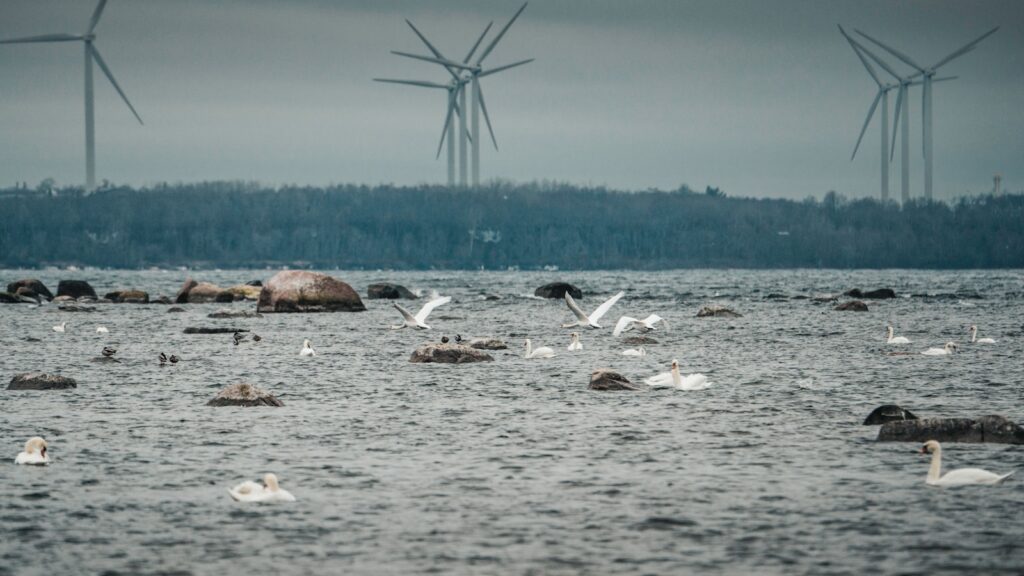
Not all bird species face equal risk from wind turbines, with certain groups demonstrating particular vulnerability. Large soaring birds, especially raptors like golden eagles, red-tailed hawks, and white-tailed sea eagles, suffer disproportionately high mortality rates due to their flight patterns and hunting behaviors. These birds rely on thermal currents that often form around the same ridgelines and open areas favored for wind farm development. Migratory species face an elevated risk as they navigate through unfamiliar territories where turbines may be positioned along traditional flight paths. Nocturnal migrants, including many songbird species, can be especially vulnerable during low-visibility conditions. Species with low reproductive rates and long lifespans, such as many birds of prey, feel population-level impacts more acutely since they cannot quickly replace individuals lost to turbine collisions. Understanding these vulnerability patterns has become essential for conservation planning and wind farm siting decisions.
The Displacement Effect on Bird Habitats

Beyond direct collision mortality, wind farms can significantly impact bird populations through habitat displacement and fragmentation. Many species avoid areas with turbines, effectively reducing their available habitat even when miles away from actual structures. Research in prairie grouse populations has documented breeding males abandoning traditional display grounds (leks) after turbine installation up to several kilometers away. Migratory birds may alter traditional flight paths to avoid wind facilities, potentially increasing their energy expenditure during already taxing long-distance journeys. In some regions, these displacement effects might pose a greater long-term threat to bird populations than direct collision mortality, particularly for habitat specialists with specific ecological requirements. These indirect effects are often harder to quantify than collision deaths but represent a critical dimension of wind energy’s overall impact on avian ecology.
Notable Case Studies and Research Findings
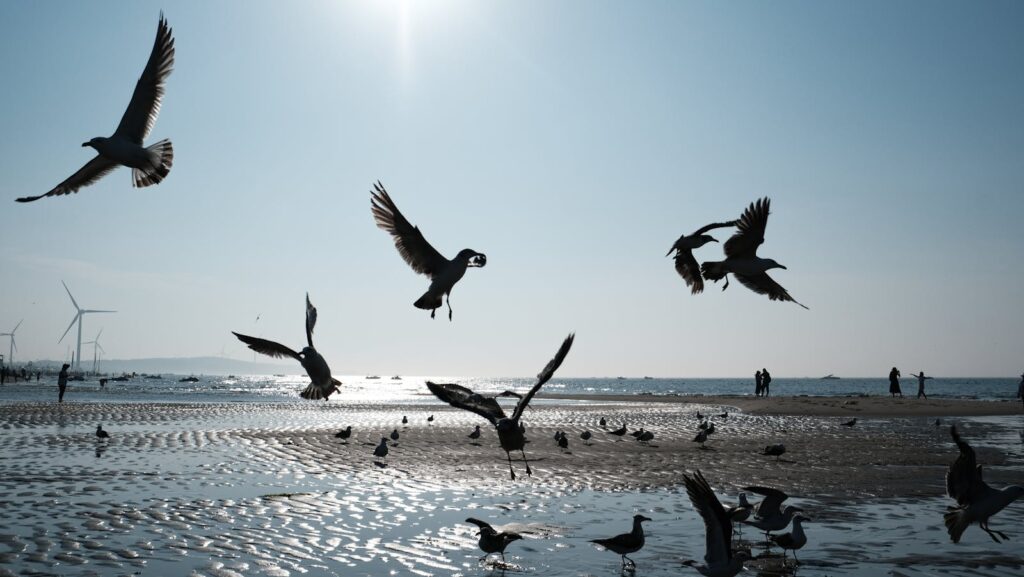
Several key research projects have advanced our understanding of wind turbine impacts on birds. The Altamont Pass Wind Resource Area in California became infamous for high raptor mortality rates, particularly among golden eagles, leading to comprehensive studies that influenced future wind farm designs nationwide. In Spain, extensive research at Tarifa demonstrated how vulture and eagle mortality rates could be reduced through operational changes and careful turbine placement. The Smøla wind farm in Norway provided crucial data on white-tailed eagle collisions, documenting population effects and testing mitigation measures. In the North Sea, offshore wind development has prompted studies revealing how seabirds alter flight paths and feeding grounds near turbine arrays. These case studies have been instrumental in shifting industry practices and regulatory approaches, highlighting both the seriousness of potential impacts and the possibility of developing effective solutions through evidence-based approaches.
Technological Solutions to Reduce Bird Deaths
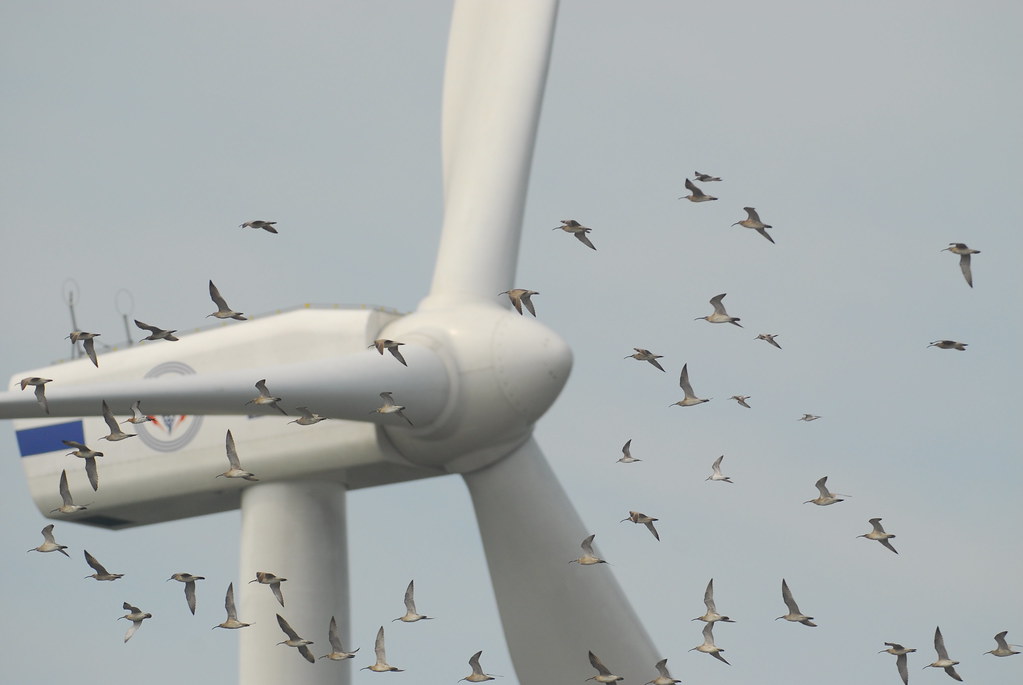
The wind energy industry has developed numerous technological innovations specifically designed to reduce avian mortality. Radar detection systems can now identify approaching flocks and automatically slow or stop turbines during high-risk periods. UV-reflective paint makes blades more visible to birds, which can perceive ultraviolet light better than humans. Some facilities have implemented camera and AI systems that can identify protected species approaching and trigger automatic shutdown protocols. Newer turbine designs featuring slower rotation speeds, tubular towers without lattice structures that could serve as perches, and solid-color blades instead of patterns that create optical illusions have all shown promise in reducing collision risk. Some companies are even exploring completely different turbine designs, such as bladeless vibrating columns, that potentially eliminate collision risk while still generating electricity from wind. These technological approaches continue to evolve rapidly as research identifies the most effective strategies for specific contexts and species.
Operational Mitigation Strategies
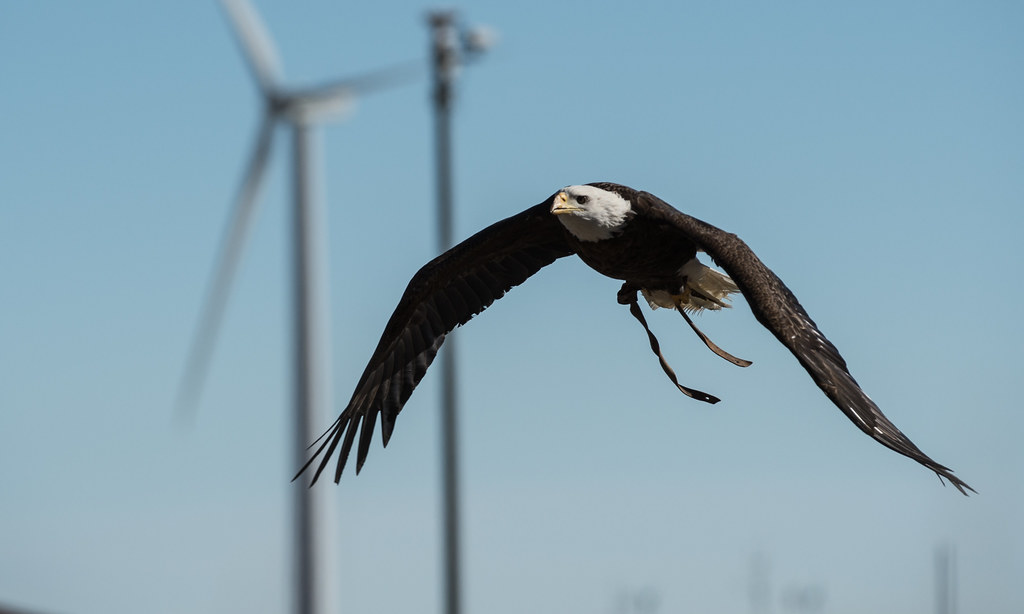
Beyond technological innovations, changes to how wind farms operate have proven effective in reducing bird mortality. Seasonal curtailment—temporarily shutting down turbines during peak migration periods—has significantly reduced bat and bird deaths at multiple sites. Some facilities implement cut-in speed adjustments, keeping turbines inactive during low wind conditions when certain species are most active. Temporary shutdowns during specific weather events that concentrate migrating birds, such as approaching storm fronts, have been implemented at various sites. Operational protocols that reduce turbine activity during dawn and dusk, when many birds are most active, have shown promising results without significantly reducing overall energy production. These operational adjustments often represent the most immediately implementable solutions available to existing wind farms facing bird mortality issues and can be refined through ongoing monitoring to maximize both energy production and conservation benefits.
The Critical Importance of Proper Siting
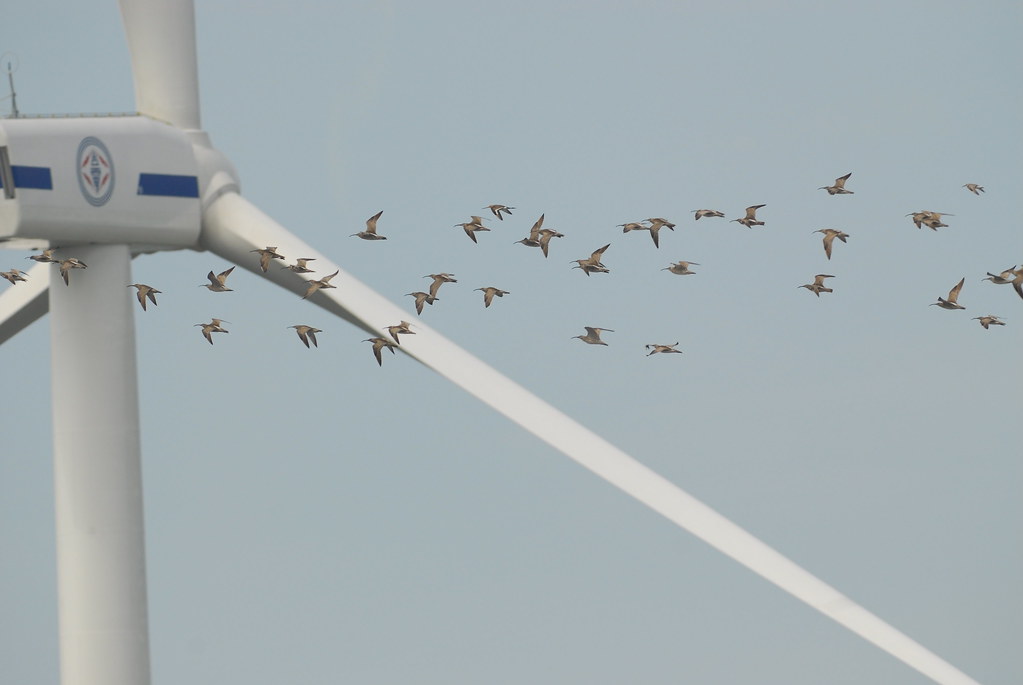
Perhaps the most important factor in minimizing bird impacts is the proper initial siting of wind facilities. Extensive pre-construction wildlife surveys can identify bird migration corridors, breeding areas, and important feeding grounds that should be avoided during wind farm development. Proper siting requires understanding landscape features that concentrate bird activity, such as ridgelines, wetlands, and shorelines, and either avoiding these areas or designing facilities to minimize risk in these locations. Many countries now require detailed environmental impact assessments before construction, often including specific avian risk assessments. Strategic siting can prevent problems that would otherwise require expensive technological or operational solutions after construction. The wind industry has increasingly recognized that early investment in proper siting and design yields benefits through reduced regulatory complications, mitigation costs, and potential operational restrictions later in a project’s lifecycle.
Balancing Clean Energy and Conservation Goals
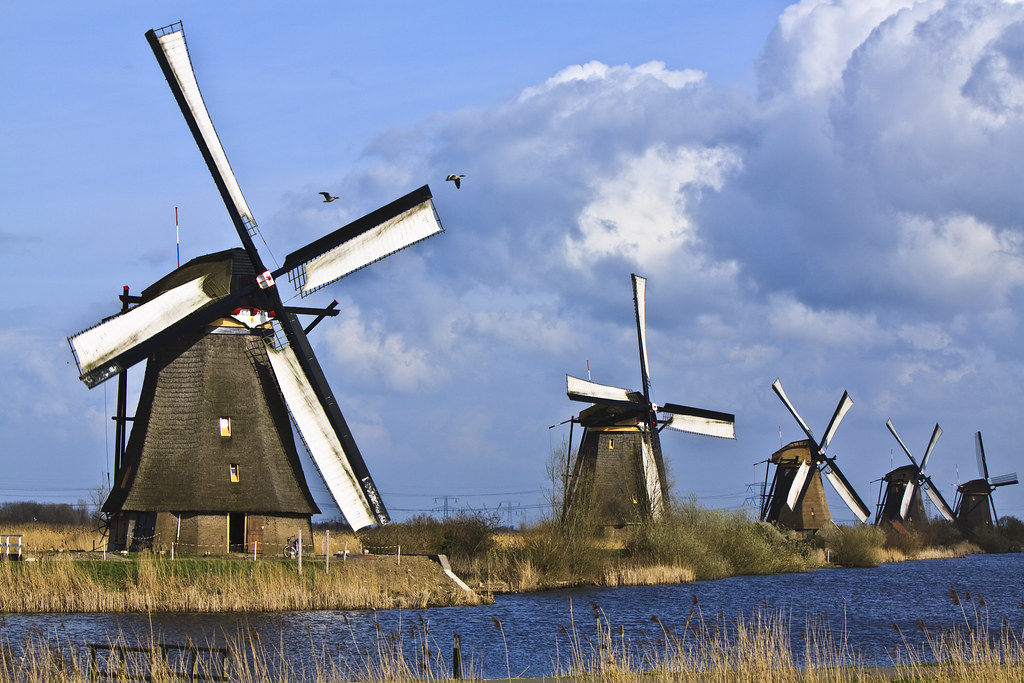
The fundamental tension in the wind turbine-bird mortality issue lies in balancing renewable energy production with wildlife conservation. Climate change itself poses perhaps the greatest long-term threat to bird populations worldwide, with studies suggesting it could cause the extinction of numerous species by altering habitats, migration patterns, and food availability. Wind energy helps combat climate change, but creates localized wildlife impacts in the process. Conservationists and energy planners increasingly recognize that this requires collaborative approaches rather than oppositional stances. Environmental organizations like the Audubon Society have developed nuanced positions that support renewable energy development while advocating for wildlife-friendly implementation. Similarly, many wind energy companies now employ wildlife biologists and environmental specialists to integrate conservation considerations throughout project development. This evolving perspective recognizes that effectively addressing global climate threats while minimizing local wildlife impacts requires thoughtful compromise and innovation rather than simplistic either/or approaches.
Regulatory Frameworks and Legal Protections
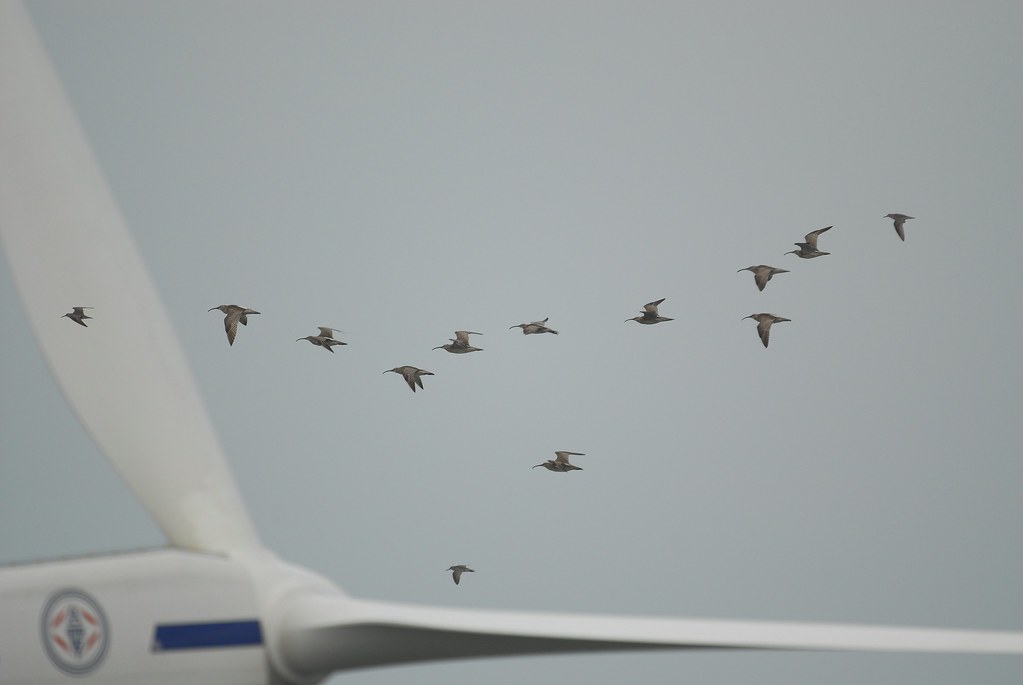
Birds receive varying legal protections that affect wind energy development in different jurisdictions. In the United States, the Migratory Bird Treaty Act, Bald and Golden Eagle Protection Act, and Endangered Species Act all provide legal frameworks that wind developers must navigate. The European Union’s Birds Directive similarly establishes protections that influence wind energy planning across member states. These regulations sometimes create compliance challenges but also drive innovation in bird-safe technologies and practices. Some countries have established specific permitting processes for wind facilities that incorporate bird impact assessments and mitigation requirements. Voluntary guidelines have also emerged in many regions, helping standardize best practices even where regulations might be less stringent. The legal landscape continues to evolve as scientific understanding improves, creating both challenges and opportunities for the wind industry to develop more wildlife-compatible approaches.
Offshore Wind Farms and Seabird Interactions
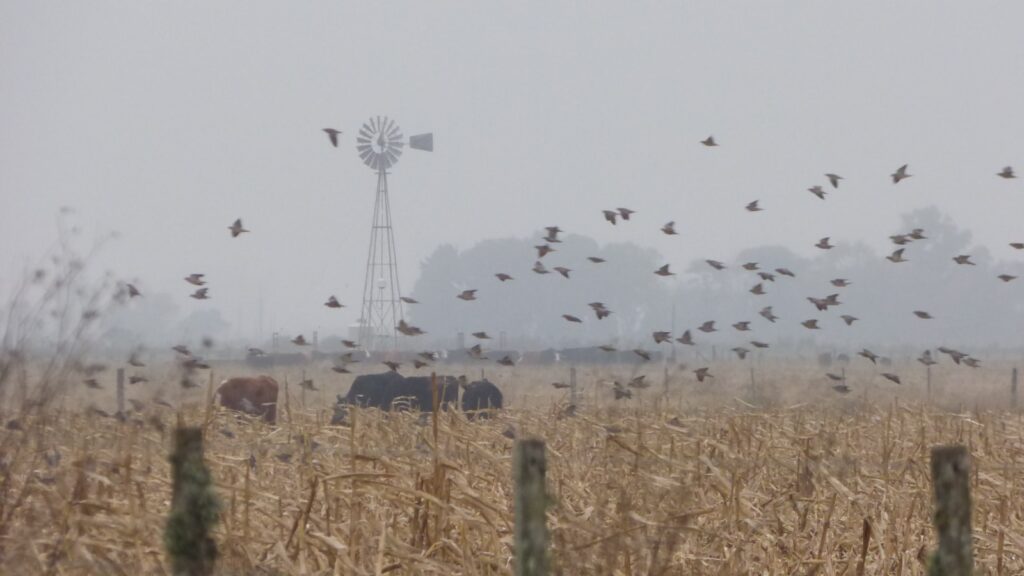
Offshore wind development presents unique considerations for bird conservation that differ from land-based facilities. Many seabird species demonstrate different vulnerability patterns than their terrestrial counterparts, with some showing strong avoidance behaviors around turbine arrays while others appear more collision-prone. Offshore installations can affect important seabird feeding areas, potentially forcing birds to expend more energy reaching alternative sites. Migrating birds that cross open water may face particular challenges when encountering large offshore wind arrays, especially during poor weather conditions. However, offshore development also offers certain advantages, including distance from many sensitive terrestrial habitats and breeding areas. Emerging research suggests that certain foundation types can create artificial reef effects that increase fish populations, potentially benefiting some seabird species by improving food availability. As offshore wind expands rapidly worldwide, especially in Europe, North America, and East Asia, research efforts are intensifying to better understand and mitigate potential impacts on marine bird populations.
Monitoring and Post-Construction Assessment

Effective bird conservation around wind facilities requires robust monitoring programs to assess actual impacts and refine mitigation efforts. Modern monitoring approaches integrate multiple technologies, including automated acoustic recording devices that detect nocturnal migrants, radar systems tracking bird movements near facilities, and camera systems documenting collisions. Some sites employ trained dog handlers with scent-detection dogs specifically trained to find bird carcasses, dramatically improving detection rates compared to human searchers alone. Data from these monitoring programs helps operators adjust mitigation strategies and provides crucial feedback about which approaches work best in specific contexts. Many jurisdictions now require standardized post-construction monitoring as part of permitting requirements, creating valuable datasets that improve industry-wide practices. This monitoring represents a critical but often underappreciated component of responsible wind energy development, providing the empirical foundation for adaptive management approaches that balance energy production with wildlife conservation.
Future Directions in Research and Development
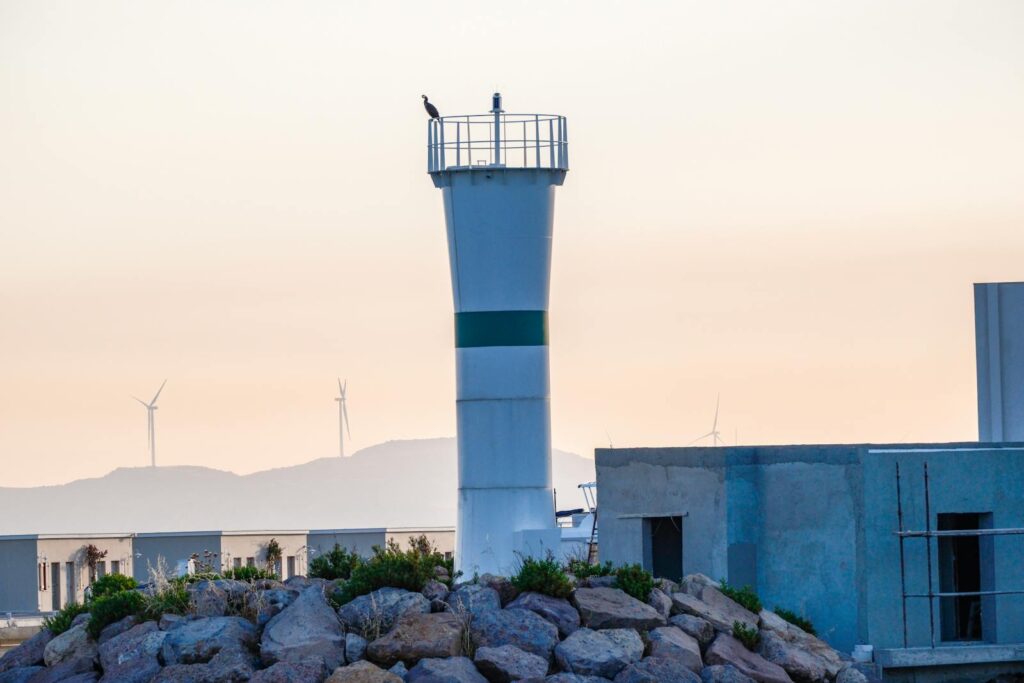
Ongoing research continues to refine our understanding of wind turbine effects on birds and develop more effective mitigation approaches. Advances in tracking technology, including miniaturized GPS transmitters and radar systems, are providing unprecedented insights into how birds interact with wind facilities in three-dimensional space. Genetic and isotope analysis techniques help researchers understand population-level impacts by identifying the origin of birds affected by turbines. Bioacoustic research is exploring how birds might be warned away from turbines using specific sounds or signals. Computer modeling is becoming increasingly sophisticated in predicting collision risk based on turbine configuration, landscape features, and species behavior. International collaboration is growing, with researchers sharing findings across borders to develop best practices that can be adapted to different ecological contexts. As wind energy continues its rapid global expansion, this research represents a crucial investment in ensuring that renewable energy development proceeds in wildlife-compatible ways.
Conclusion: Finding a Sustainable Path Forward
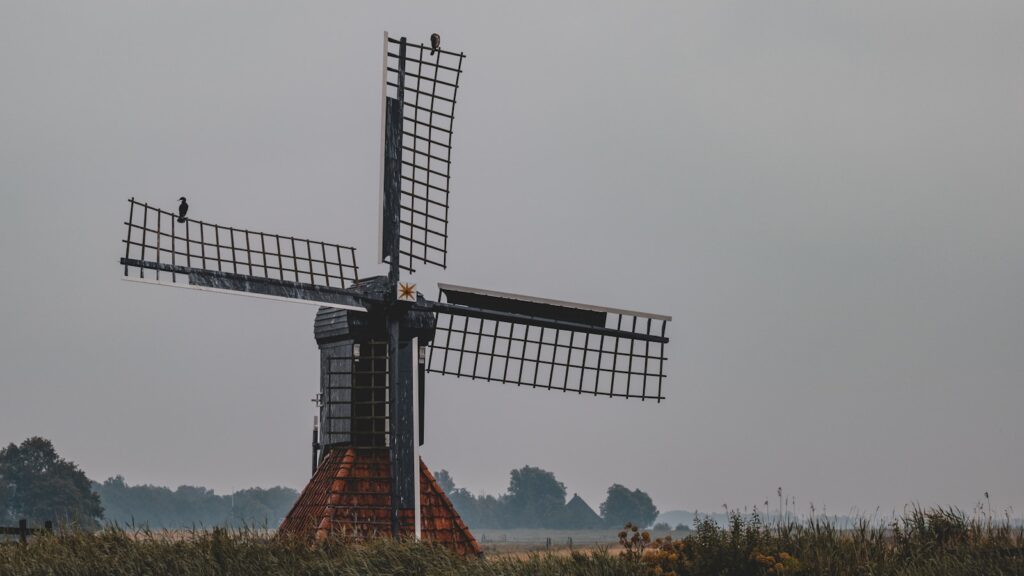
The relationship between wind turbines and bird populations exemplifies the complex challenges of building a more sustainable energy system. While wind energy presents real risks to certain bird species and populations, these impacts must be considered alongside both the broader threat of climate change and the environmental impacts of alternative energy sources. Through thoughtful siting, technological innovation, operational adjustments, and ongoing research, the wind industry has demonstrated that substantial reductions in bird mortality are achievable without abandoning this crucial renewable energy source. Moving forward, success will require continued collaboration between energy developers, conservation organizations, researchers, and regulatory agencies to refine approaches that effectively balance clean energy production with wildlife protection. By embracing this challenge rather than dismissing it, the wind energy sector has the opportunity to model how industry can integrate ecological considerations into its fundamental business practices.
